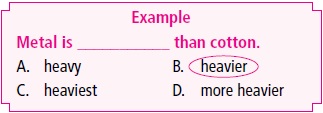Post Your Answer
Ans 11:
Class : Class 4
It would be answer B as we have the following question.I eat ____ apple every day as____________ snack. Answers areA.the,theB.an,aC.the,aD. an,no articleThe sentence will look like this with all the answerI eat ___the ___ as ___the snack

